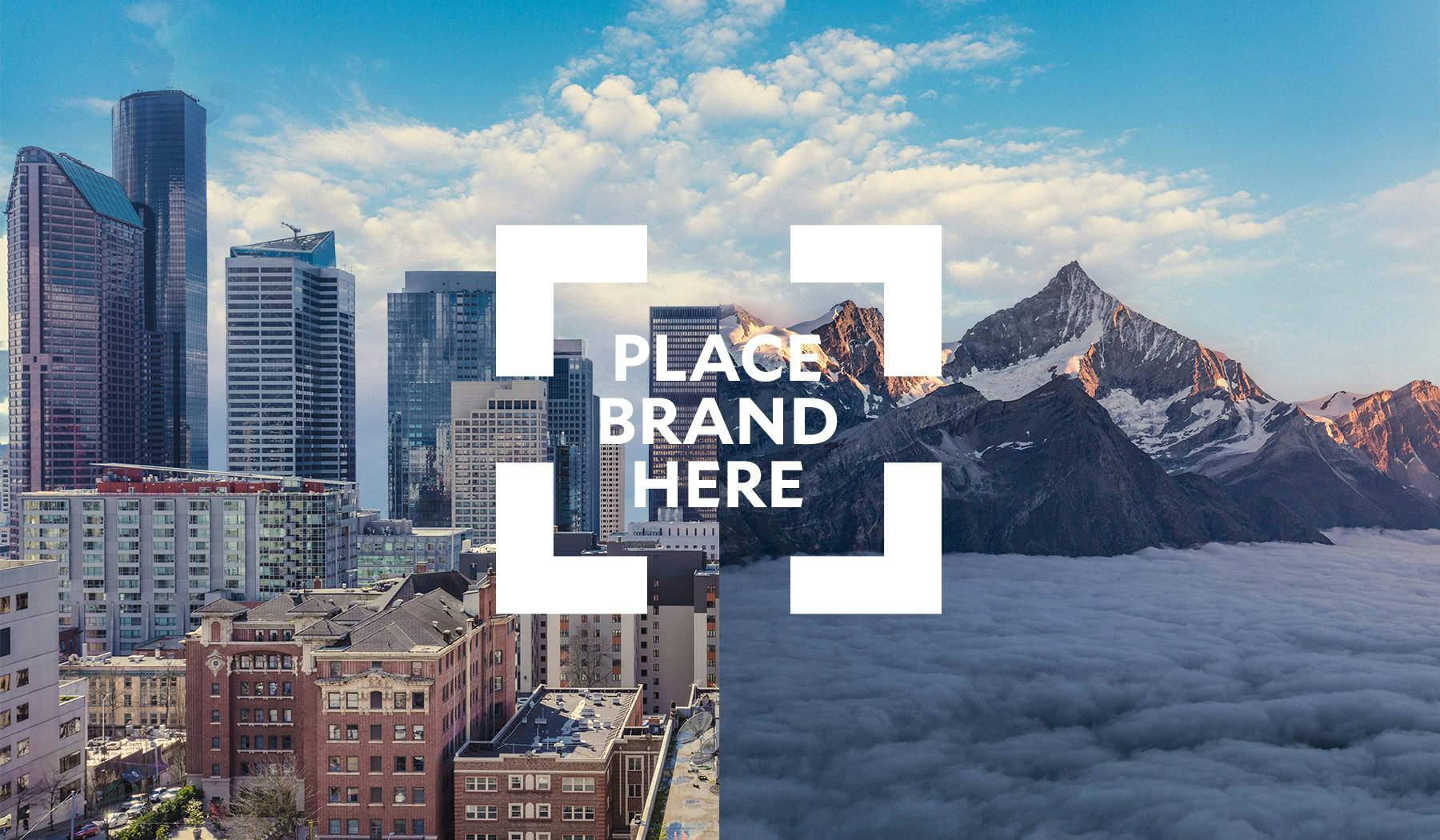What's a place brand? A beginner's guide
Insights
September 9, 2022
Working with destinations, cities, and economic development agencies, the question comes up constantly. Let's dive into the details.

The question of what a place brand should be is a lot harder to answer than it seems. Everyone knows what a place is and just about everyone can articulate what a brand is, we interact with these concepts everyday. But, what’s a place brand? The question gets complicated because places, cities, and regions are made up of many disparate groups, organizations, and efforts. The municipal organization often operates separately from the tourism organization (DMO) which may operate separately from the economic development group. When it comes to brand, these separate organizations often bring their limited perspectives to table.
Looking at the variety of implementations of place brands that we might experience, it isn’t hard to get confused. Luckily, there is established thinking and models to answer these questions. Bill Baker’s Place Branding for small cities, regions & downtowns is a must read for putting all these questions into context. Although the book is geared to small regions, I believe the model can apply to larger cities and regions provided there’s a good level of collaboration and cooperation in those places.
The elements of a place brand
Ideally the place brand is the overarching representation of a place itself. This representation shows up in the way the place communicates its shared culture, energy, history, and ideals. Is it a logo? Not really. That’s a part, but just a very small part. Ultimately, a place should be able to update its logo without the brand really changing. Logos and taglines often change like fashion, while a brand is more long lasting.
The place brand includes:
A shared understanding of story, history, and culture
A vision for the future including community, economy, and tourism
The visual identity including logo, visuals, photography, imagery, video)
The communication tone including a tag line, motto, voice
Campaigns and communication efforts
A well-crafted place brand represents the community, history, and values and carries with it a sense of truth about the place. Done right, the core brand works well as it communicates to residents, businesses, and visitors.
The place brand is an umbrella with several sub-brands underneath. Depending on the size of the place or destination, there may be supporting sub brands for:
Municipal
Destination or Tourism
Economic Development
Community Movements
Civic Engagement
In the case of most cities and regions, the approach to these different facets of the place can feel disjointed and separate. Take a look in your own backyard and you’re likely to see a logo soup of looks, messages, and approaches. In our own region of Western Canada the following examples demonstrate how this lack of unity can rob a city of a memorable brand.
Contrasting visual representations of municipal and destination brands creates confusion
Everything working together
Just because most place brands don’t come together with a common voice, doesn’t mean it has to be that way. There are plenty of commonly referenced brands that work well for the many aspects of place. Austin is an an often-referenced example with it’s “Keep Austin Weird” tagline. Somehow artists, musicians, business people, and tech startup founders are all able to see themselves in this vision. It helps fuel creativity, experimentation, and innovation. NY state’s “I ❤️ NY” campaign has been going strong on for decades and all areas of the region embrace it.
We see newer place brands taking on a more thoughtful, comprehensive approach. A favourite recent example is Helsinki, Finland. The city has a design-forward approach that spans everything from tourism, to startups, to economic development, and municipal services. Seen in the example below, a core cultural narrative, approach, and visual identity work seamlessly for all of the different parts of the area. By simply glancing at the websites of Helsinki, it's easy to see the consistency in the brand. A further look reveals an even deeper shared sense of place, culture, and purpose.
Place website and municipal services sites for Helsinki
A unified approach like this does more than simply provide consistency and recognition (although those obvious benefits occur). This approach communicates confidence in the places identity and shows a level of cooperation and collaboration. It says a lot about a place that is able to embrace a shared identity and implement it across different business units and organizations. Where some may argue that a single identity can’t represent a place with diverse interests, the opposite seems to be true. Like meeting an interesting person with varied talents and aspects, a unified place brand leaves us wanting to know more.
Where to start
Bringing all these aspects together into one singular place brand—especially in mid-sized or large cities, or regions—can be daunting. The work starts by having conversations between departments. If organizations are able to set aside the need for control and can put the future of the community first, then so much can be accomplished. If place-makers listen hard enough, they’re sure to hear the common elements that make our communities what they are. From that solid foundation, a community is off to a great start.
Author(s)

Micah Slavens
Micah has been working on the web since 1999. In 2002, he co-founded Lift Interactive. Since then, he’s lead hundreds of successful projects for non-profits, technology start-ups, destinations, and attractions.